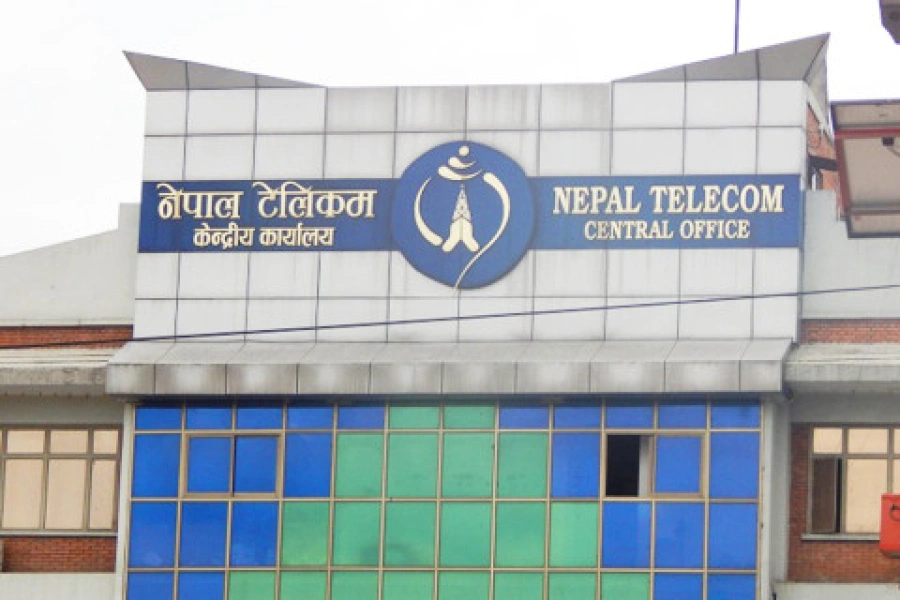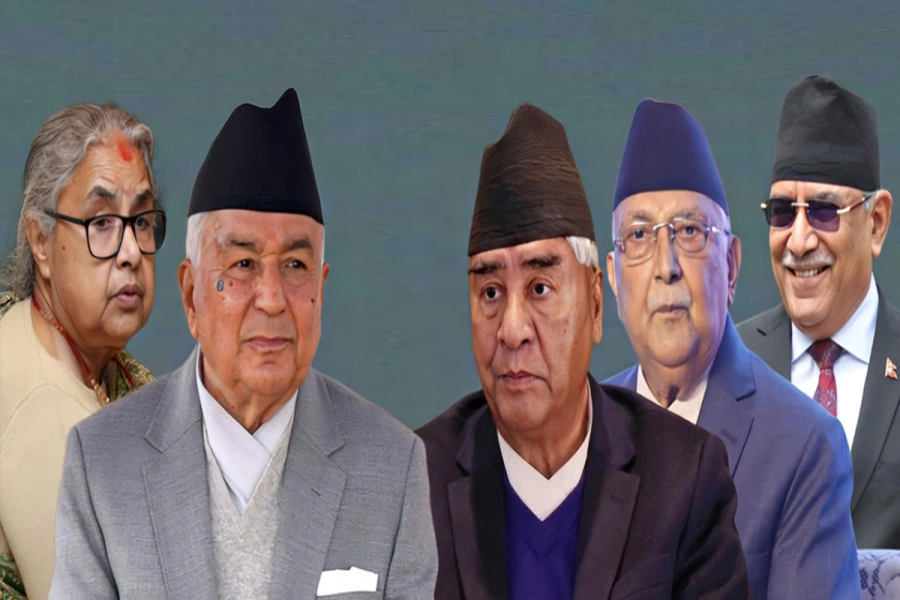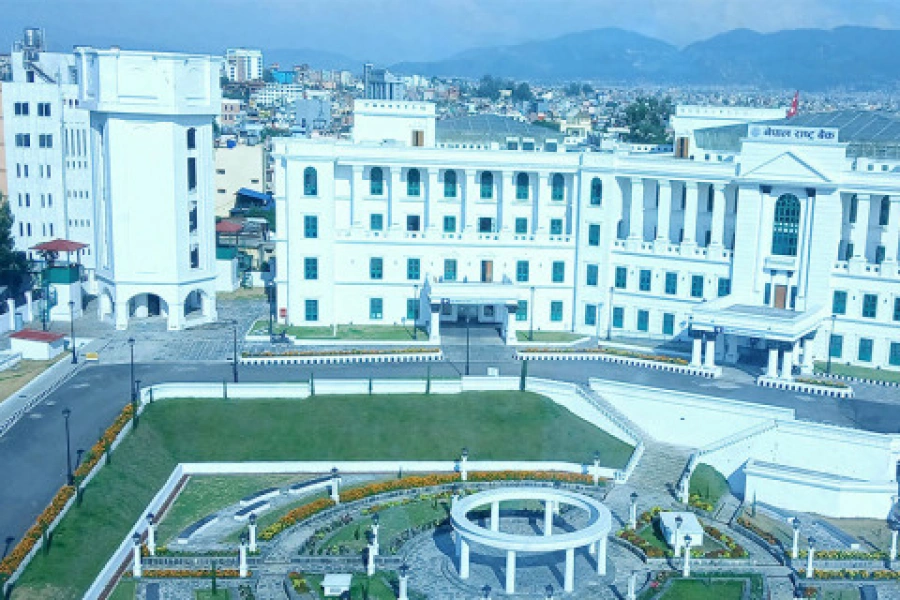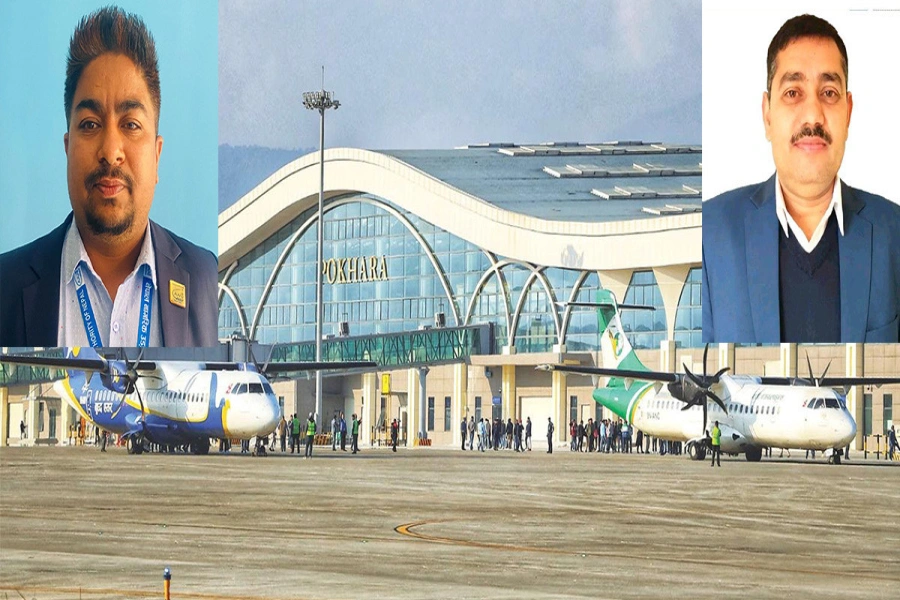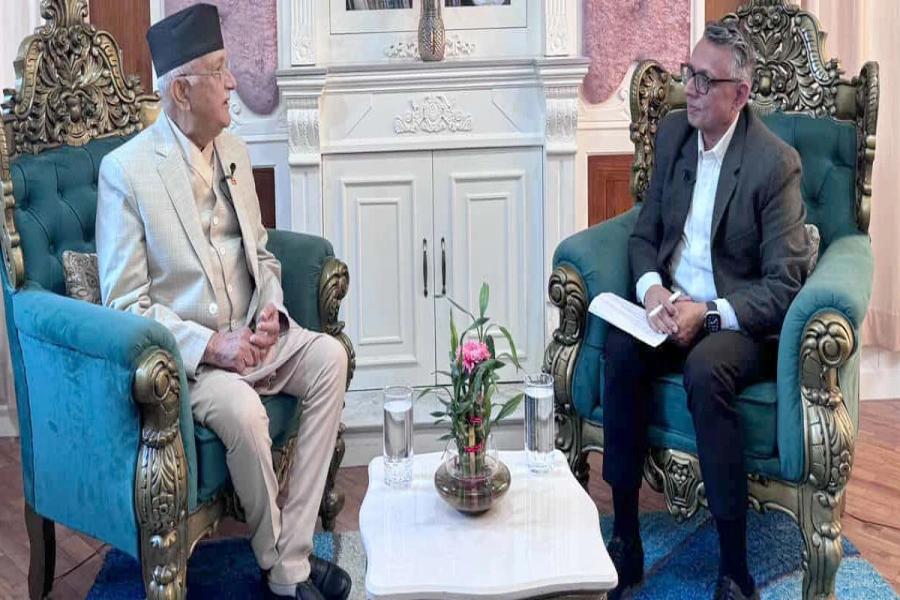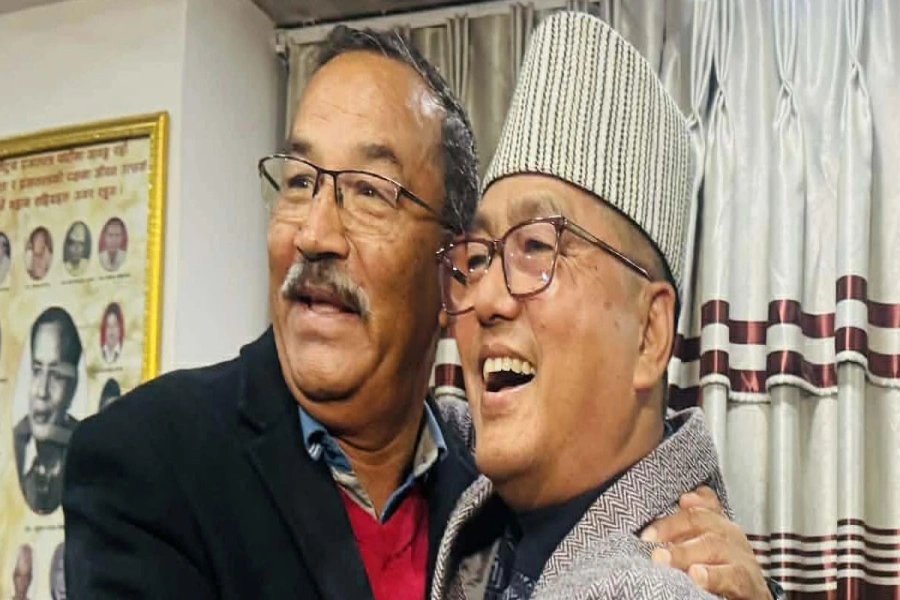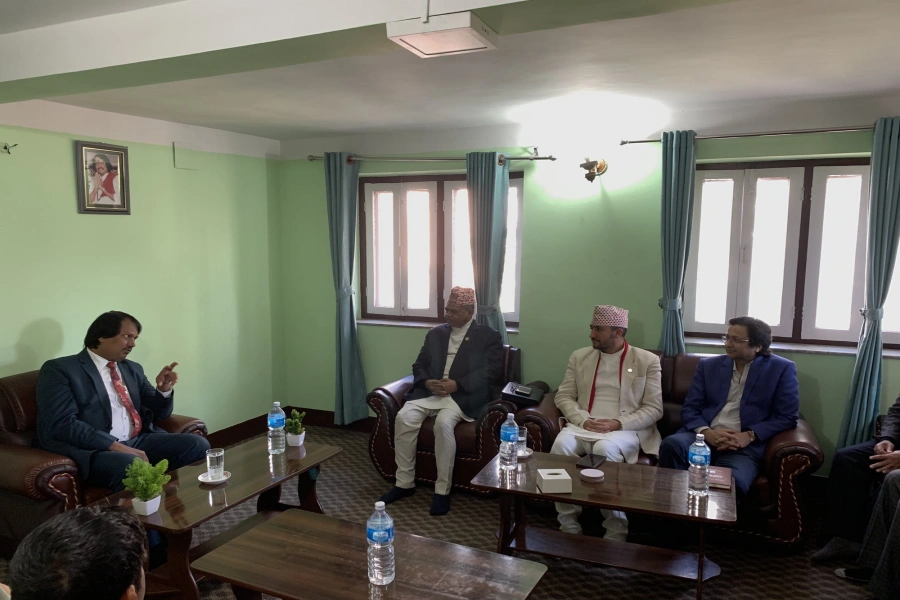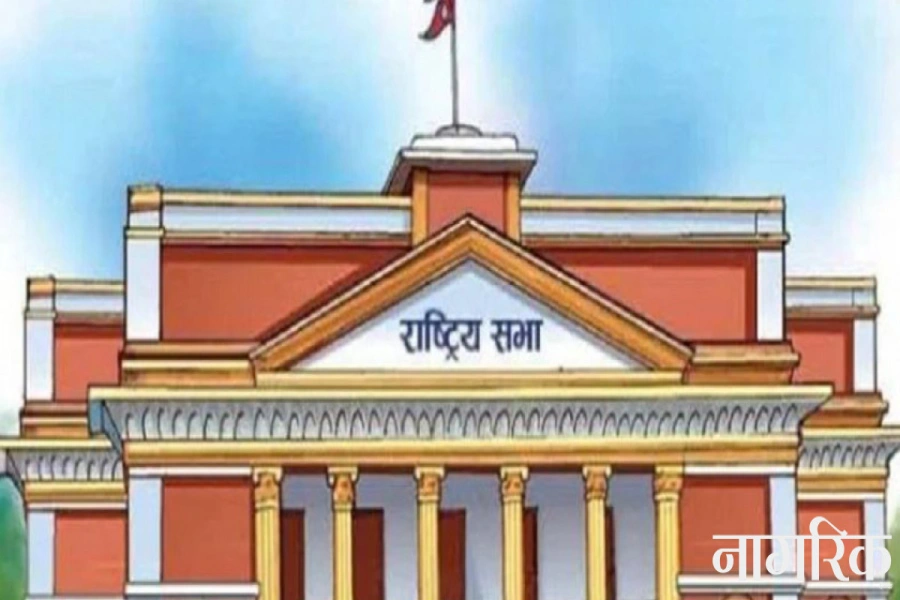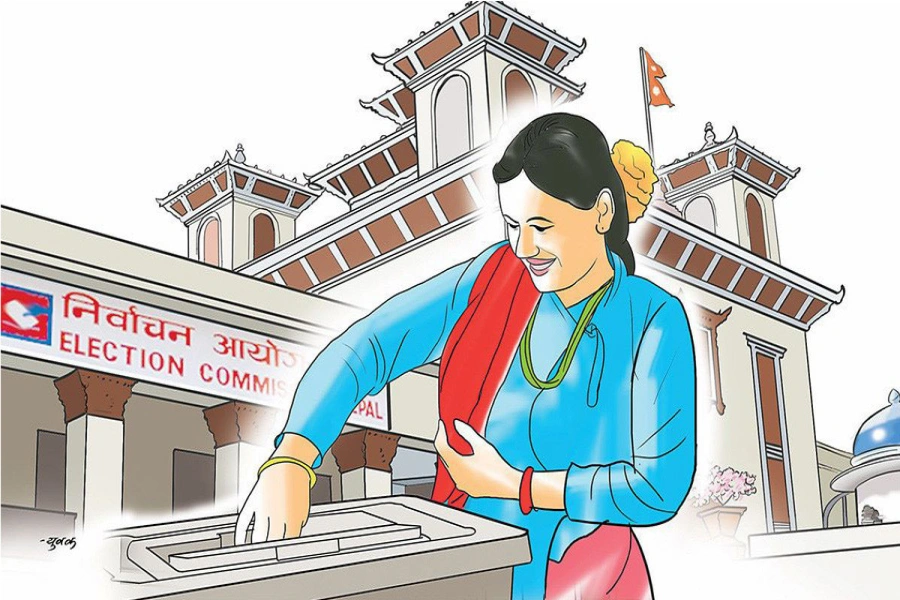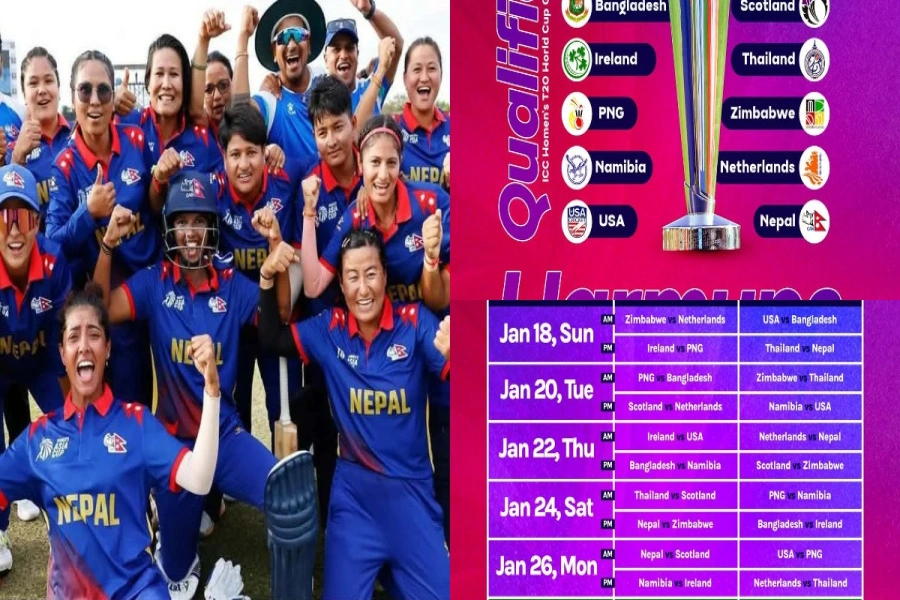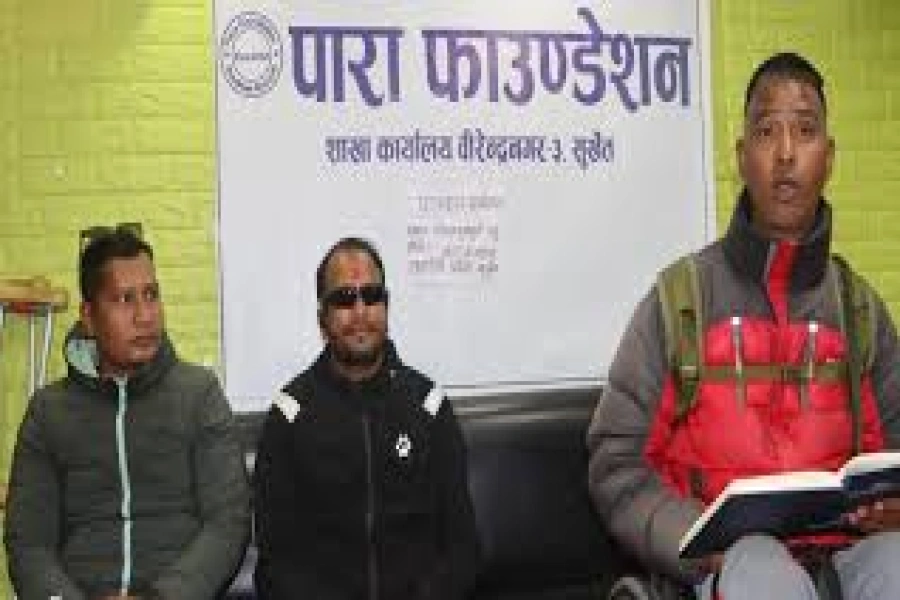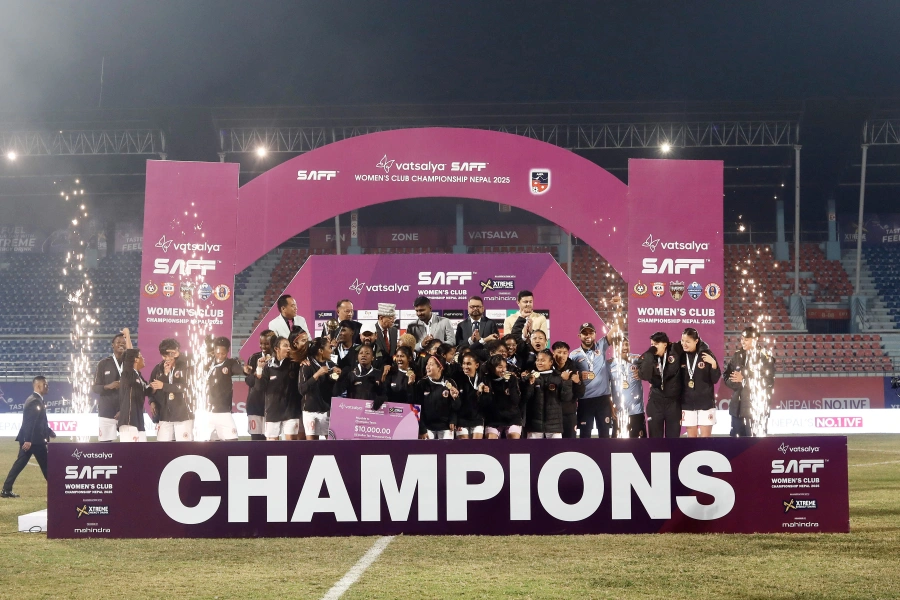In this connection, the SAARC Chambers of Commerce and Industry (SCCI) have long been demanding that the SAARC Summit - the apex body of the regional grouping - introduce 300 visa stickers for prominent traders and five-year multiple visas for an additional 500 businessmen of each member state.[break]
However, the heads of government of SAARC member states -- including Nepal, India, Bangladesh, Bhutan, Sri Lanka, Pakistan, Maldives and Afghanistan -- have so far not complied, despite their commitments to do so. A technical committee entrusted to work out the easy visa arrangements had also made recommendations on lines similar to SCCI.
“We hope this issue will feature prominently at the upcoming SAARC Summit and our heads of government will respond positively to our call,” said Tariq Sayeed, former president of SCCI, adding that poor travel facilitation was one of the key reasons behind under performance by SAFTA.
Speaking at a two-day round table on the topic Operationalizing SAFTA: Issues and Options, Annisul Huq, President of SCCI, stressed that member countries slash the negative list under which they need not cut tariff, eliminate non-tariff barriers and adhere to a trade liberalization program.
“The member countries must also develop a multimodal transport system to facilitate trade and ease connectivity,” he said.
Huq also expressed concern over the lack of any bilateral investment agreement between SAARC members and lack of commitment by heads of government to putting a regional investment protection agreement in place.
He expressed dissatisfaction over the slow growth of intra-regional trade. Data on issuance of SAFTA certificates of origin shows that intra-regional trade in January 2010 was a mere US$ 687 million, much lower than what was expected to be achieved through SAFTA.
Dr Sheel Kant Sharma, Secretary General at the SAARC Secretariat, said that even though SAFTA has not spurred trade, it has made a significant beginning.
“In the first six months of 2009, intra-SAARC trade was US$ 277 million, but in the second half of the year, the volume stood the same as the export figure recorded for the entire period of 2008. This is a good beginning,” he said.
He also stressed the need to bring down the size of the sensitive list, mainly as a long list has kept tradable items out of the business. “Members should pursue net reduction in the list and that should open a certain fixed percent of tradable items,” he said. He also pushed for regional standard accreditation and mutual recognition agreements to do away with non-tariff barriers.
Kush Kumar Joshi, President of Federation of Nepalese Chambers of Commerce and Industry, cited the state of poor infrastructure in the region as one of the major constraints impeding growth of intra-regional trade.
He urged member governments to work together to ensure reliable power supply, physical infrastructure and connectivity in the region.
Red tape, other charges mar free-visa-free-ticket scheme



